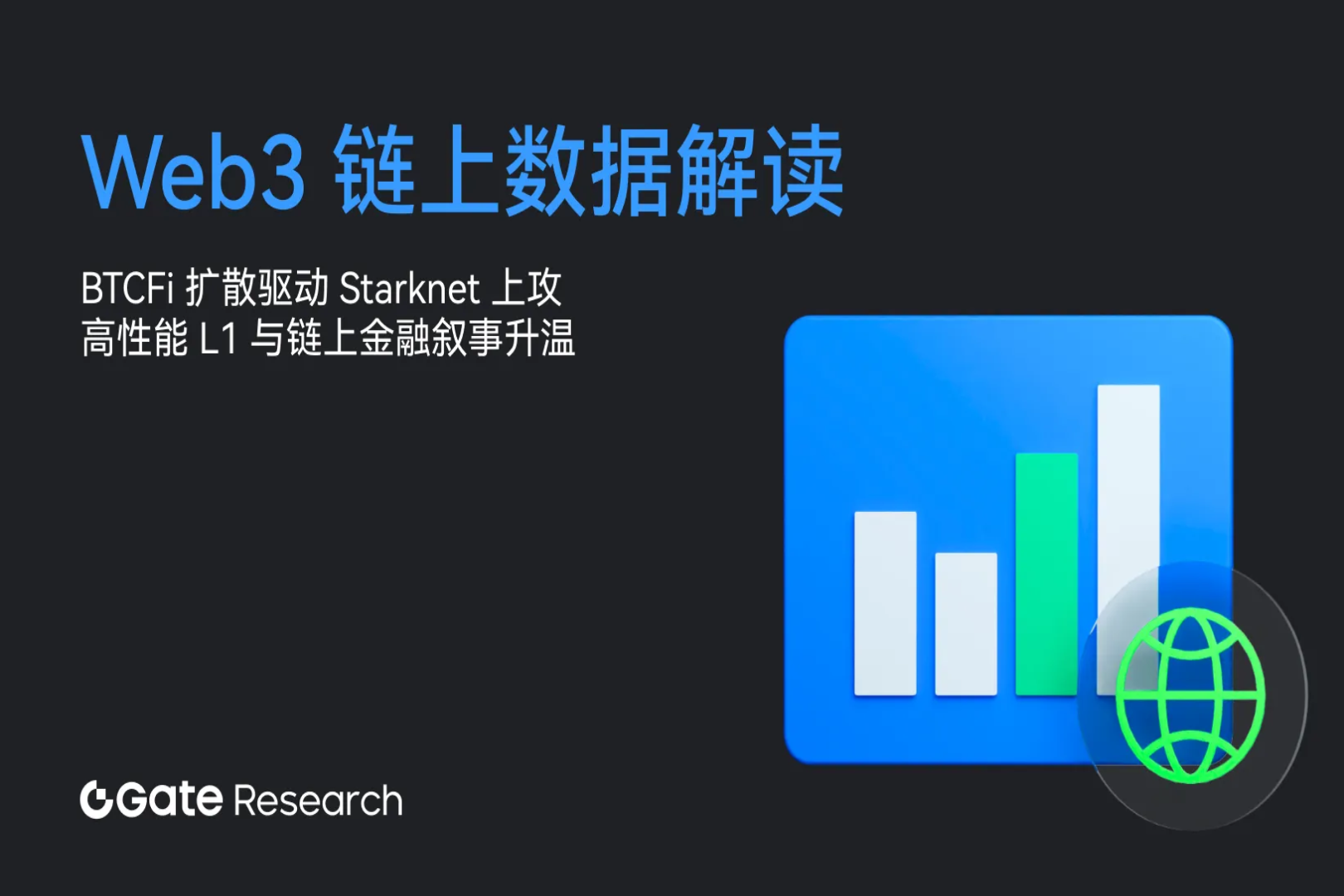Solana ETF Ignites Institutional Battle: 200 Million Yuan Injection Fails to Stop Plunge, Western Union's Entry Rewrites the Game.
- 核心观点:Solana成为美国第三大现货加密ETP。
- 关键要素:
- Bitwise和灰度利用监管窗口期获批。
- Bitwise以低费率、全质押策略吸金99%。
- 首周净流入1.992亿美元。
- 市场影响:开辟机构投资生息加密资产新渠道。
- 时效性标注:长期影响
Original author: Cathy, Plain Language Blockchain
In late October 2025, the crypto world witnessed a historic moment. Solana (SOL) broke through the final regulatory hurdle, becoming the third crypto asset, after Bitcoin and Ethereum, to receive approval for a spot exchange-traded product (ETP) in the United States.
This is more than just boring news of "yet another ETF approved." Its approval process was dramatic, its product design was ingenious, and the market reaction it triggered left countless traders stunned. For those of us in the crypto industry, the launch of the Solana ETF is not the end of a story, but the beginning of something full of "insider information" and new opportunities.
01 Wall Street "Civil War"
The birth of the Solana ETF was highly unusual. It didn't originate from a public vote and enthusiastic press release from the SEC (Securities and Exchange Commission), but rather during the chaotic period of the U.S. federal government shutdown.
During this unique window of opportunity when regulatory powers are constrained, two asset management giants—Bitwise and Grayscale—demonstrated remarkable legal acumen. They utilized guidance issued by the SEC during this period to allow their S-1 registration statements to automatically take effect without a “delay amendment.”
- October 28: The Bitwise Solana Staking ETF (ticker symbol: BSOL) was the first to be listed on the New York Stock Exchange (NYSE).
- October 29: Grayscale Solana Trust (ticker symbol: GSOL) followed suit, successfully converting its trust product into an ETP.
This "regulatory raid" has opened a compliant Solana investment gateway for trillions of dollars in institutional capital and retail retirement accounts in the United States.
The data from the first week is truly "heavyweight," according to total figures from Solana ETPs in the United States:
- Net inflows for the first week totaled: US$199.2 million
- Total assets under management (AUM) quickly surpassed the $500 million mark.
But the "average" masks the truth. Behind this massive inflow of nearly $200 million lies an extremely brutal, winner-takes-all "Wall Street civil war."
- Winner: Bitwise (BSOL), with a net inflow of $197 million in the first week and total assets under management (including seed funding) of approximately $420 million.
- Loser: Grayscale (GSOL), net inflow in the first week: $2.18 million, total assets under management (including converted assets): approximately $101 million.
You read that right. Bitwise's BSOL captured almost 99% of the newly flowing funds. This seemingly evenly matched contest was actually decided on the very first day.
Why such a one-sided outcome? The answer lies in BSOL's textbook-like "three elements of blitzkrieg" :
Timing (Being one day ahead can make all the difference): BSOL listed on Tuesday, October 28th, while GSOL only completed its conversion on Wednesday, the 29th. In the liquidity-driven world of ETFs, a Bloomberg analyst succinctly pointed out: "Being just one day behind is actually huge. It makes the competition much more difficult." BSOL successfully positioned itself as a "genuine" Solana ETF.
Price (0.20% vs 0.35%): BSOL's management fee is only 0.20%, and it's completely free for the first three months or until AUM reaches $1 billion. In contrast, GSOL's fee rate is as high as 0.35%. For savvy institutional investors, this 0.15% annualized difference is something they cannot ignore.
Product (100% vs 77%): This is the most crucial "secret weapon." BSOL promised in its prospectus that it would stake 100% of its SOL assets. GSOL, on the other hand, only promised to stake 77% of its assets.
To those outside the crypto world, this 23% difference may seem insignificant. But for those in the know, this is precisely where the Solana ETF's revolutionary potential lies.
02 "Interest-Generating" ETFs
The launch of the Solana ETF is structurally more revolutionary than that of the Bitcoin ETF.
A Bitcoin ETF is simply a safe haven for "digital gold." You hold it, but it doesn't generate any returns. Solana, on the other hand, is a proof-of-stake (PoS) asset; holding (and staking) it is like owning a "digital property" that continuously generates rent.
The allure of "income-generating assets"
- Outperforming in yield: Solana's annualized staking yield (APY) ranges from 5% to 7%. This is not only significantly higher than Ethereum's yield of approximately 2%, but also provides institutional investors with a "unique source of income."
- The narrative shift: Bitwise's Chief Investment Officer (CIO) Matt Hougan summed it up bluntly and powerfully: "Institutional investors love ETFs; they love returns. Solana has the highest returns of all blockchains. Therefore, institutional investors love the Solana ETF."
- The essence of the product: Investing in a Bitcoin ETF is betting on the price appreciation of "digital gold." Investing in a Solana ETF, however, allows you to bet on price appreciation while also gaining a substantial cash flow (staking rewards) unrelated to traditional bonds and stocks.
The biggest "surprise" lies in the SEC's attitude.
When the Ethereum ETF was approved in 2024, the term "staking" was absolutely taboo. The SEC strongly opposed the potential "securities" attributes involved in staking, forcing all issuers to remove related clauses overnight.
This time, the SEC quietly gave the green light. It tacitly approved the listing of BSOL and GSOL, two products with collateral.
This tacit approval marks a significant shift in the SEC's regulatory stance. It opens up a completely new, trillion-dollar "interest-bearing crypto asset" sector for Wall Street. Institutions can now not only buy cryptocurrencies, but also "hire" them to work for them (by pledging them for interest) through compliant ETFs. This fundamentally changes the game.
03 Why did prices plummet despite the "huge positive news"?
Just as Wall Street was celebrating this ETF victory, all the traders staring at the candlestick charts were plunged into deep confusion:
If ETFs saw nearly $200 million in inflows in their first week, why did the price of SOL plummet?
Data shows that after the ETF was launched, the price of SOL did not rise but instead fell sharply. On October 30, the price fell by 8% in a single day, and once fell by 27% from the recent August high, even dropping to a low of around $163, far below the expected $300.
"Increased inflows, falling prices"—this anomaly caught many off guard. But digging deeper into the data reveals that this is not a sign of ETF failure, but rather the result of four powerful forces converging:
- "Buy the rumor, sell the news": This is the classic scenario. A large number of short-term traders who lay in wait weeks (or even months) before the ETF is approved take profits the moment the news breaks.
- History repeats itself (Bitcoin): This mirrors the price action following the launch of the Bitcoin ETF in January 2024. At that time, the BTC price also experienced a flat and declining trend (approximately -5%) after the ETF's launch, despite strong inflows. The real rebound didn't begin until several weeks later, after the "sell the news" selling pressure had been fully absorbed.
- A Macro "Perfect Storm": The timing of the Solana ETF launch can only be described as "hellish." It coincided perfectly with a wave of risk aversion across the entire crypto market. During the same period (the week of October 27), Bitcoin ETFs were experiencing massive outflows of between $600 million and $946 million, with the market as a whole "bleeding."
- The “whale” sell-off: This was the most fatal blow. On-chain data shows that trading giant Jump Crypto exchanged 1.1 million SOL (worth approximately $205 million) for Bitcoin on October 30—the day after BSOL’s listing.
Now, let's piece together all the clues:
In a "perfect storm" of heightened "news-selling" sentiment and a Bitcoin ETF bleeding over $600 million, a whale dumped $205 million worth of SOL onto the market.
In a normal market environment, this would be enough to trigger a collapse in the price of SOL.
However, in the last week of October 2025, this massive $205 million sell-off was almost perfectly absorbed by $199.2 million in new institutional buying from the Solana ETF (primarily BSOL).
Here's the truth: The inflows into the SOL ETF, amidst a general market downturn, demonstrate a striking "relative strength." A new wave of institutional investors (ETF buyers) is directly absorbing the selling pressure from another group of established institutions (Jump Crypto). This is not negative news; rather, it's a strong long-term bullish signal. This proves that a powerful and continuous stream of new institutional buying has formed.
04 What's next for the Solana ETF?
With ETFs approved, Wall Street's next question is: how much capital can they attract? On this issue, a significant divergence has emerged between crypto-native companies and traditional financial giants:
- Bullish camp (crypto native): Zach Pandl, head of research at Grayscale, predicts that Solana ETPs could absorb 5% of the total Solana supply within the next one to two years, which, at current prices, is equivalent to an inflow of more than $5 billion.
- The cautious camp (traditional finance): Giant JPMorgan Chase appears to be "out of step." In a report, they predicted that the Solana ETF would see net inflows of only $1.5 billion in its first year.
Why is JPMorgan Chase so conservative? Their reasons are: "weak institutional awareness of Solana" and concerns about "Meme coin transactions becoming increasingly dominant" in its network activities.
JPMorgan Chase's concerns represent a widespread anxiety in traditional finance: Is Solana a high-tech financial infrastructure or a "Meme coin casino" full of speculators?
However, just two days after the ETF was listed, the entry of "new money" completely ended the debate about whether Solana was a "casino or infrastructure".
On October 30, 2025, global payments giant Western Union announced a major strategic initiative: Western Union has selected the Solana blockchain as the issuing network for its new stablecoin, the US Dollar Payment Token (USDPT), which is planned to launch in the first half of 2026.
In its announcement, Western Union explicitly stated that it chose Solana because of its "high performance," "high throughput, low cost, and instant settlement."
The impact of this news far surpasses that of ETFs. It perfectly answers JPMorgan Chase's question: You won't build a global remittance network on a "Memecoin casino." Western Union is betting its future core business on Solana, providing the strongest endorsement of Solana's "financial infrastructure" attributes.
05 Summary
The approval of the Solana ETF is not an end point, but rather the starting gun for a new era. It clearly demonstrates two parallel tracks for institutional adoption of Solana:
- Financialization track (ETF): Wall Street asset management firms (such as Bitwise) are packaging SOL (token) into an "interest-bearing" financial asset and selling it to their institutional clients.
- Infrastructure sector (Western Union): Global companies (such as Western Union) are using Solana (the network) as a “low-cost” financial infrastructure to build their core businesses on top of it.
These two tracks will reinforce each other. The adoption of Western Union provides the strongest fundamental support for institutions buying ETFs; while the huge AUM and professional collateralization brought by ETFs (Bitwise's "New Wall Street" narrative) in turn provide a safer and more stable network for builders like Western Union.
While JPMorgan Chase was still worried about "MIME," Bitwise and Western Union had already demonstrated that Solana is not only the "new Wall Street," but also the "new infrastructure" for Wall Street and global payments. The flywheels of financialization and infrastructure development have begun to spin at an accelerated pace simultaneously.



